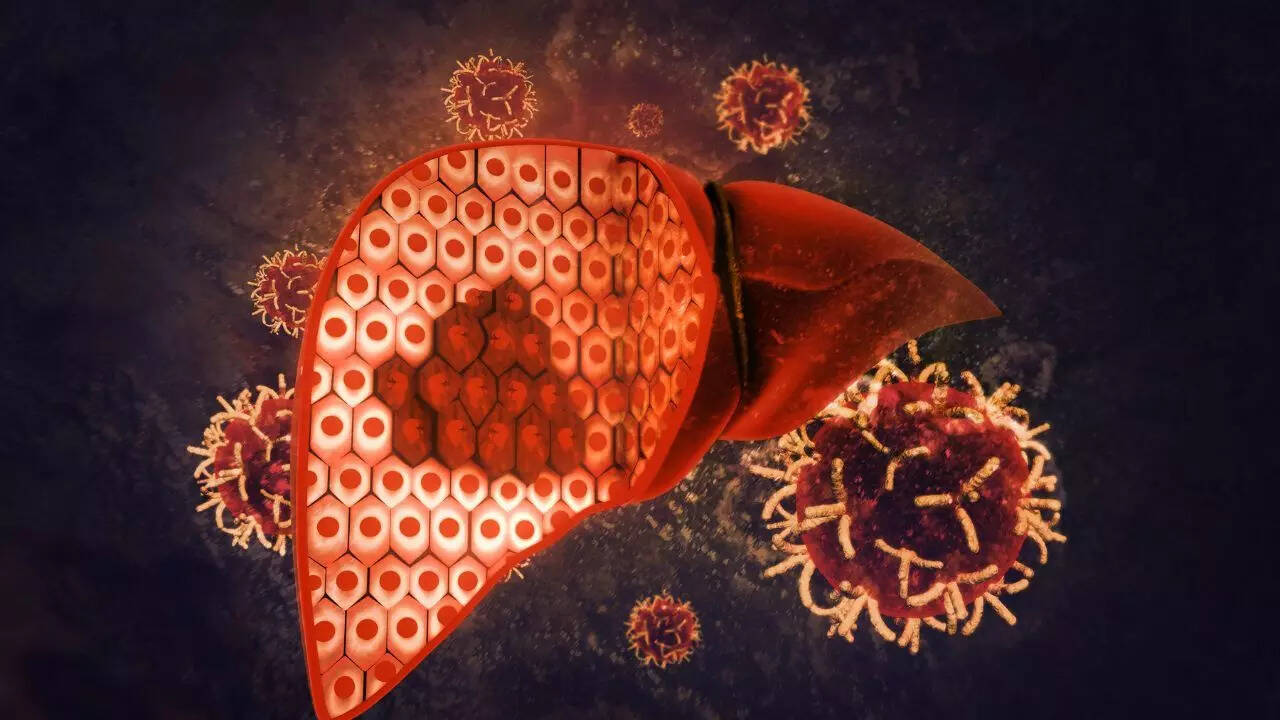Fatty liver disease is on the rise among women, often silently progressing until major damage is done. But what causes fatty liver in women specifically? From hormonal shifts to lifestyle choices, the female body has unique risk factors. Whether it’s due to postmenopausal changes, PCOS, or processed food overload, understanding the real triggers can help you prevent long-term liver damage. In this article, we break down the top causes of fatty liver in women, how to identify the warning signs early, and the lifestyle changes that make a real difference.
7 causes of fatty liver in women

Poor diet and obesity
One of the most common causes of non-alcoholic fatty liver disease (NAFLD) in women is a diet high in sugar, refined carbs, and saturated fats. These foods lead to fat deposits in the liver, especially when combined with a sedentary lifestyle. Obesity, particularly visceral fat around the abdomen, makes the liver more prone to inflammation and damage.
Insulin resistance and PCOS
Women with polycystic ovary syndrome (PCOS) often develop insulin resistance, which means the body can’t effectively process sugar. This increases fat storage in the liver. Even women without PCOS but with prediabetes or type 2 diabetes face a higher risk, since both conditions disrupt the body’s ability to manage fat and sugar effectively. Monitoring blood sugar, maintaining a low-glycaemic diet, and engaging in regular exercise are key strategies to reduce fatty liver risk in insulin-resistant individuals.
Alcohol consumption

While fatty liver disease is often non-alcoholic, alcohol remains a major factor. Women metabolise alcohol differently from men and are more susceptible to alcoholic fatty liver disease (AFLD) even at lower doses. Regular or binge drinking can quickly lead to fat buildup and scarring (fibrosis) in the liver.
Hormonal changes and menopause
Oestrogen helps regulate fat distribution and metabolism. After menopause, declining oestrogen levels may lead to fat storage around the abdomen and in the liver. This hormonal shift makes postmenopausal women more likely to develop NAFLD even if they’re not overweight.
Sedentary lifestyle

A lack of regular physical activity slows down metabolism and fat burning. Many women who spend long hours sitting—for work or otherwise are more likely to develop metabolic disorders that contribute to fatty liver.
Genetics and family history
If you have a family history of liver disease, obesity, or type 2 diabetes, especially among first-degree relatives, your risk for developing fatty liver disease increases significantly. One of the best-studied genetic risk factors is the PNPLA3 rs738409 variant, which impairs triglyceride breakdown in liver cells and increases fat storage. Meta-analyses show that individuals carrying the G allele have drastically higher odds of developing NAFLD or progressing to NASH, compared to those with the protective CC genotype. In women over 50 and non-obese individuals, the GG genotype is particularly predictive of severe outcomes like fibrosis. This genetic predisposition is notably prevalent in South Asian populations, who often develop “lean NAFLD” despite normal body weight.
Rapid weight loss or malnutrition

Ironically, rapid weight loss can harm your liver instead of healing it. When women lose weight too quickly, especially through crash diets, extreme fasting, or unmonitored detox plans, the liver is flooded with free fatty acids, which can overwhelm its capacity and lead to non-alcoholic fatty liver disease (NAFLD). This is especially concerning for women with eating disorders like anorexia or bulimia, where malnutrition and nutrient deficiencies (like lack of choline, vitamin E, or protein) are common. Fad diets that promise fast results often neglect essential nutrients, placing additional stress on the liver. Instead, experts recommend gradual weight loss (around 0.5–1 kg per week) combined with a balanced diet for sustainable liver health.Understanding what causes fatty liver in women is the first step toward prevention and long-term liver health. From hormonal conditions like PCOS to lifestyle factors such as high-sugar diets, sedentary habits, and alcohol use, multiple elements play a role in triggering fat buildup in the liver. Even genetics, especially variants like PNPLA3 can quietly influence your risk, particularly if you’re of South Asian descent or have a family history of type 2 diabetes, obesity, or liver disease.Prioritise a balanced, anti-inflammatory diet, incorporate daily physical movement, and pay attention to your metabolic and hormonal health. If you fall into a high-risk group, it’s worth having a conversation with your doctor about early screening or liver function tests, even if you’re asymptomatic. Disclaimer: This article is for informational purposes only and does not constitute medical advice. Always consult a licensed healthcare provider before making changes to your health routine or interpreting symptoms.Also read | Vitiligo impacts more than appearance: Here’s how it affects mental and social wellbeing






